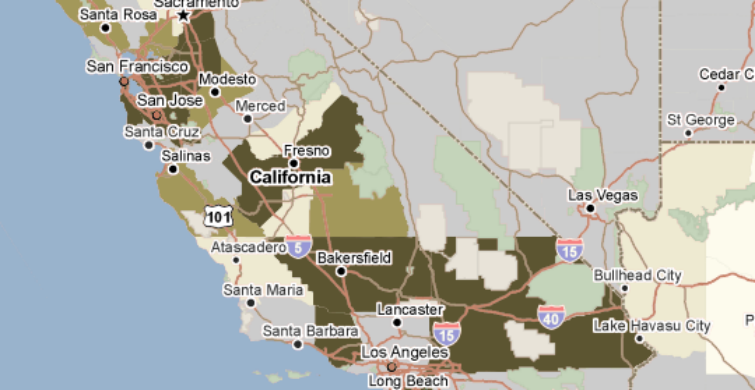Birth Certificates: Yet Another Controversy

You may have thought that you’d heard the last of birth certificate controversies, but I am here to assure you that there is plenty of intrigue left! Updates from the Centers for Disease Control and Prevention (CDC) have just been posted to PolicyMap for infant births and deaths. Information on births is shown by count and percentage. Additional indicators show births by the mothers’ age, highlighting young mothers (under age 18, and age 18-19). Further variables show the trimester in which prenatal care was first received for all mothers and young mothers (under age 20).
And this leads me to the topic of birth certificates. While much of the data on infant births and mortality will look familiar, there have been changes to how PolicyMap is displaying information on Prenatal Care. In 2003 the CDC and the National Center for Health Statistics (NCHS) came out with changes to the U.S. Standard Certificate of Live Birth. These changes were meant to gather more information about the baby and mother and create better standardization between states.
Many of the indicators remained the same from the previous (1989) version of the Certificate of Live Birth. Some questions (such as prenatal care) were changed significantly enough that the results collected were no longer considered comparable to the data collected from the 1989 version. Thus the 2003 Certificate of Live Birth, a.k.a. the “revised” version, was born. However, complication arises from the fact that not all indicators are impacted. The number of births and the age of the mother are still comparable while others such as prenatal care are not.
Implementation of the revised birth certificate began in phases, starting with two states: Pennsylvania and Washington. By 2005, twelve states had adopted the revised birth certificate representing 31% of all births to U.S. residents in 2005. Four years later, this number had grown to include 28 states representing 66% of births to U.S. residents in 2009. This list continues to grow as the remaining states make the switch.
If you live in one of the lucky states that have already made the switch to the 2003 (revised) birth certificate, information on prenatal care is available for all counties with populations above 100,000. If not, data on the subject is still available from the CDC. Because the two versions of the birth certificate are not comparable, however, it could not be included on the same map.
Regardless of which birth certificate your state is currently using, updated information on infant births and deaths is available for the entire country. Please take a look at PolicyMap for the latest information.